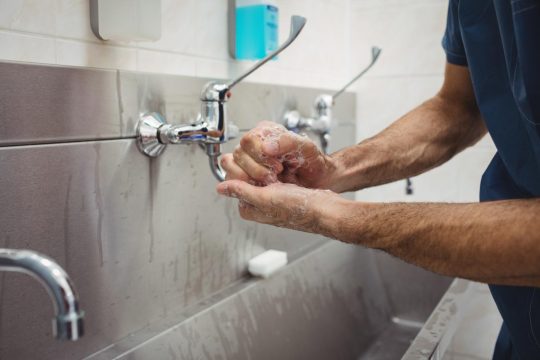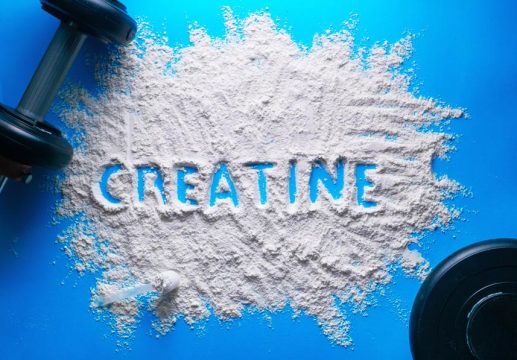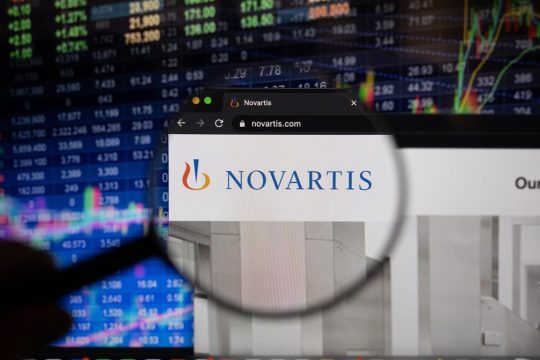Advertisment
Dupixent Phase III data show significant improvement in severe atopic dermatitis for children aged 6 to 11 years.- Sanofi + Regeneron
The pivotal Phase III clinical trial results announced show Dupixent (dupilumab) combined with standard-of-care topical corticosteroids (TCS) from Sanofi + Regeneron ,in children aged 6-11 years with uncontrolled severe atopic dermatitis significantly improved disease signs, symptoms and health-related quality of life Sanofi and Regeneron previously announced topline positive results of this trial in August 2019. Detailed results will be presented during a session at the 2020 Revolutionizing Atopic Dermatitis (RAD) Virtual Conference on April 5.
“In my practice, I see children with severe atopic dermatitis struggling with intense, persistent itching and skin lesions covering much of their body, and caregivers who are desperate for additional treatment options that can help control this disease,” said Amy S. Paller, M.D.,Walter J. Hamlin Professor and Chair of Dermatology and Professor of Pediatrics at Northwestern University Feinberg School of Medicine and principal investigator of the trial. “Data from the Phase III trial in children aged 6 to 11 adds to the established efficacy and safety data in adults and adolescents and provides hope to physicians and families for a potential new treatment option for children with this chronic disease.”
Data to be presented at RAD show that at 16 weeks, nearly three times as many children achieved clear or almost clear skin when treated with Dupixent and TCS , and more than two-thirds experienced at least a 75% overall improvement of their disease compared to TCS alone. Additionally, more than three times as many children experienced a significant reduction in itch with Dupixent compared to TCS alone. Itch is often described as the most burdensome symptom of atopic dermatitis. Improvements in itch and disease severity were observed with Dupixent as early as two weeks after the first dose and continued throughout active treatment.
The virtual late-breaking presentation at RAD included the following data : The Phase III randomized, double-blind, placebo-controlled trial evaluated the efficacy and safety of Dupixent combined with TCS in 367 children with severe atopic dermatitis that covered on average 60% of their skin. More than 90% of children in the trial had a history of at least one atopic comorbidity, including asthma (nearly 50%).
Results at 16 weeks showed :33% of patients who received Dupixent every four weeks (300 mg, regardless of weight) and 30% of patients who received Dupixent every two weeks (100 mg or 200 mg, based on weight) achieved clear or almost clear skin (Investigator’s Global Assessment or IGA), compared to 11% for TCS alone (p<0.0001 and p=0.0004, respectively), the primary endpoint in the U.S. 70% of patients who received Dupixent every four weeks and 67% of patients who received Dupixent every two weeks achieved EASI-75 (Eczema Area and Severity Index-75), compared to 27% for TCS alone (p<0.0001 for both), a co-primary endpoint outside of the U.S. The average EASI score improvement from baseline was 82% in patients who received Dupixent every four weeks and 78% in patients who received Dupixent every two weeks, compared to 49% for TCS alone (p<0.0001 for both). 60% of patients who received Dupixent every four weeks and 68% of patients who received Dupixent every two weeks experienced at least a 3-point reduction in itch intensity on an 11-point scale (weekly average of daily Peak Pruritus Numerical Rating Scale), compared to 21% for TCS alone (p<0.0001 for both).
Safety data over the 16-week treatment period showed : Overall rates of adverse events were 65% for Dupixent every four weeks, 67% for Dupixent every two weeks and 73% for TCS alone. Adverse events that were more commonly observed with Dupixent included conjunctivitis (7% for Dupixent every four weeks, 15% for Dupixent every two weeks and 4% for placebo), nasopharyngitis (13% for Dupixent every four weeks, 7% for Dupixent every two weeks and 7% placebo) and injection site reactions (10% for Dupixent every four weeks, 11% for Dupixent every two weeks and 6% for placebo). Additional prespecified adverse events included skin infections (6% for Dupixent every four weeks, 8% for Dupixent every two weeks and 13% for placebo) and herpes viral infections (2% for Dupixent every four weeks, 3% for Dupixent every two weeks and 5% for placebo).





